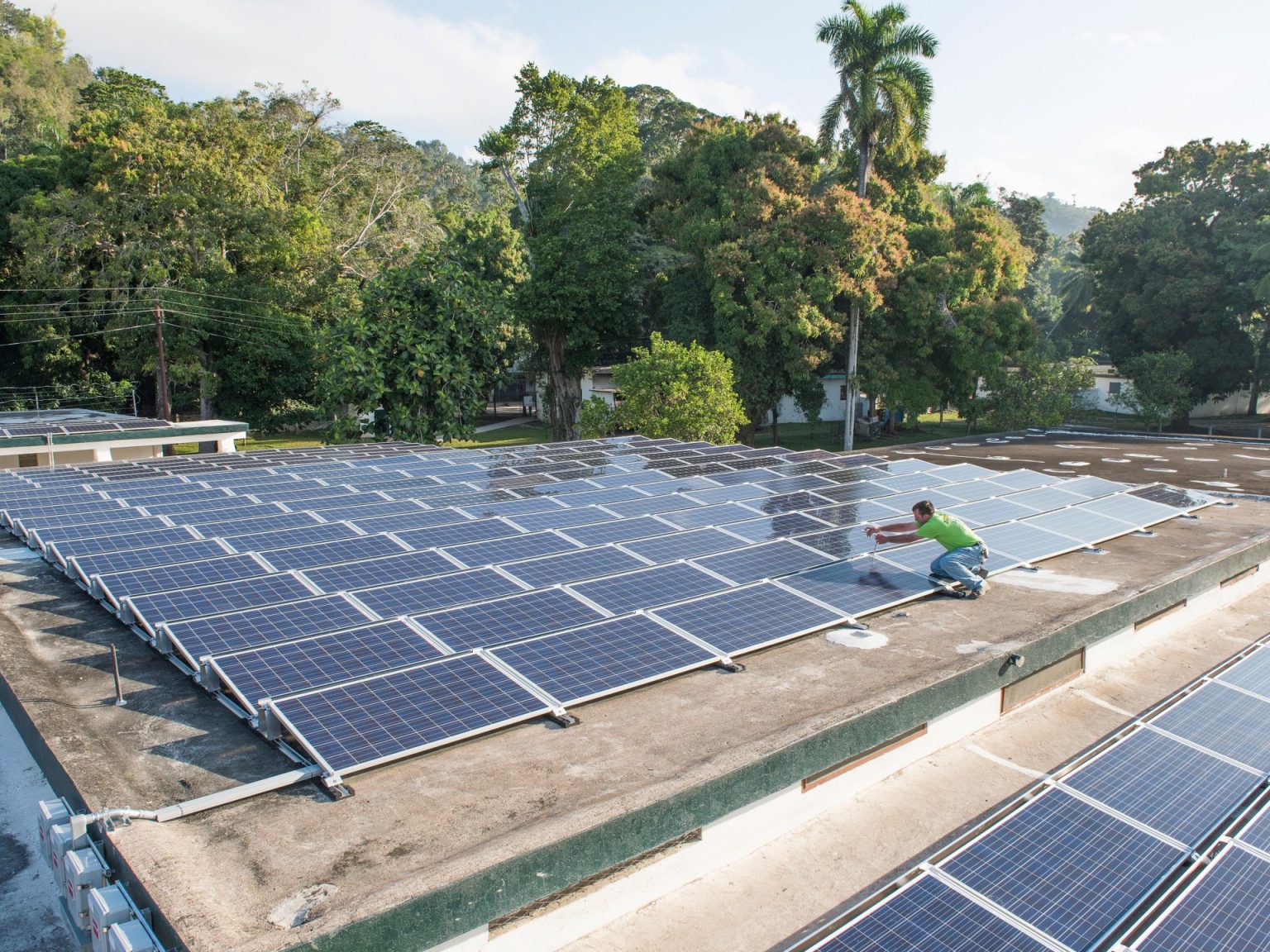The recent escalating violence and armed conflict in Haiti have claimed the lives of thousands and displaced hundreds of thousands of people. The situation has reached a critical point, with many Haitians feeling alienated in their own country. The root causes of this crisis lie in years of mismanagement, corruption, and violence that have torn the social fabric of the nation. Despite the severity of the situation, the proposed international response of a $600 million security mission is met with skepticism by many who doubt its effectiveness in addressing systemic issues.
Amidst the ongoing crisis, some Haitians are exploring alternative solutions to the country’s deep-seated problems. Haitian writer Edwidge Danticat has questioned the need for a militarized intervention and proposed a focus on rebuilding, sustainability, economic redistribution, and improved social services. A Green New Deal for Haiti could provide a holistic approach to revitalizing the nation, creating jobs, improving infrastructure, and addressing socioeconomic disparities. By prioritizing people’s needs over security concerns, such a plan could offer long-term stability and prosperity.
Key components of a Haitian Green New Deal would include sustainable job creation through renewable energy projects, energy-efficient buildings, a national recycling program, and climate-proofing measures. It would also prioritize social issues by implementing a social housing program, establishing universal healthcare, and supporting farmers with agricultural subsidies. Furthermore, the plan would aim to develop peripheral cities and rural areas to reduce the strain on the capital while rebuilding state institutions and expanding climate-oriented programs.
To successfully implement the Green New Deal, addressing three major challenges is crucial. First, forgiving Haiti’s external debt is necessary to alleviate the economic burden on the country. Second, securing funding from regional partners, such as Caribbean countries and the United States, is vital for the plan’s success. By reframing how Haiti is perceived and engaging with the Green New Deal as a sustainable solution, these countries can contribute to regional stability. Finally, combating corruption at both domestic and international levels is essential for ensuring the proper allocation of funds and resources.
Despite the challenges facing Haiti, there is hope for a brighter future through initiatives like the Green New Deal. By acknowledging the complexity of Haitian society and approaching solutions with humility, nuance, and historical perspective, meaningful progress can be achieved. Highlighting the humanity of the Haitian people and offering tangible solutions that prioritize their well-being can help pave the way for a more stable, prosperous, and secure country. Ultimately, the vision for a better Haiti must be driven by Haitians themselves, with support from the international community.


